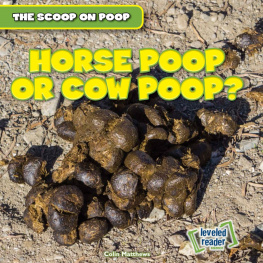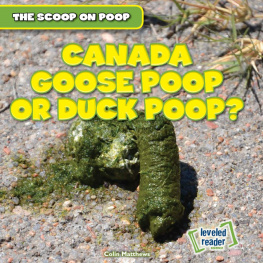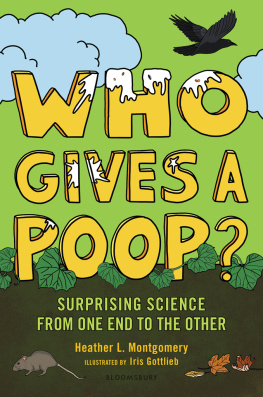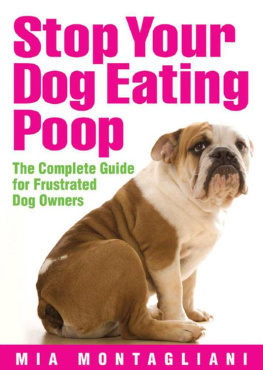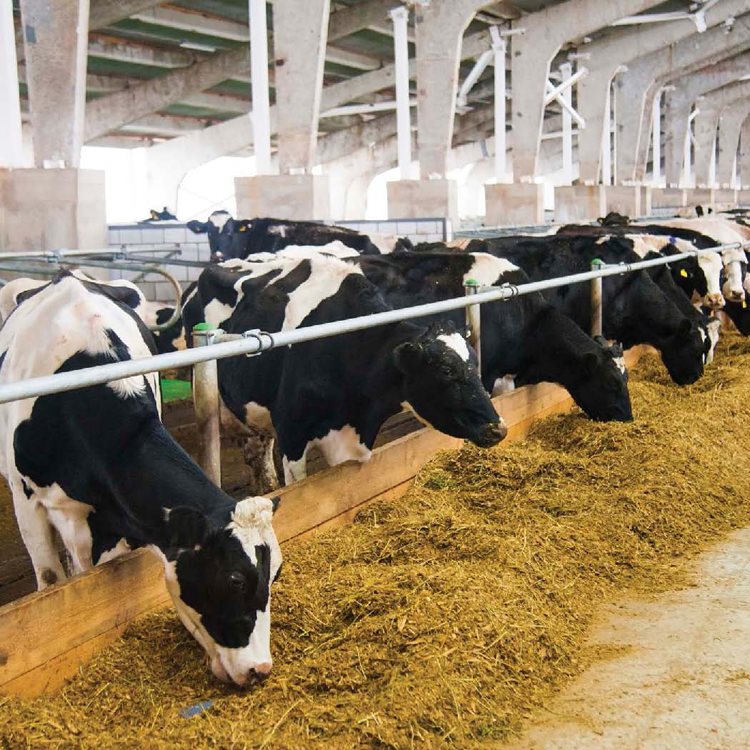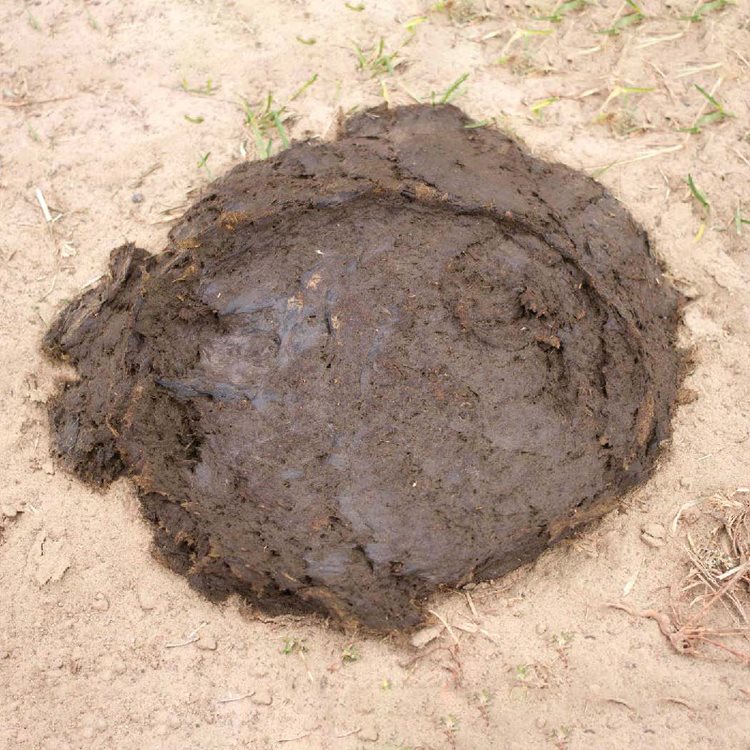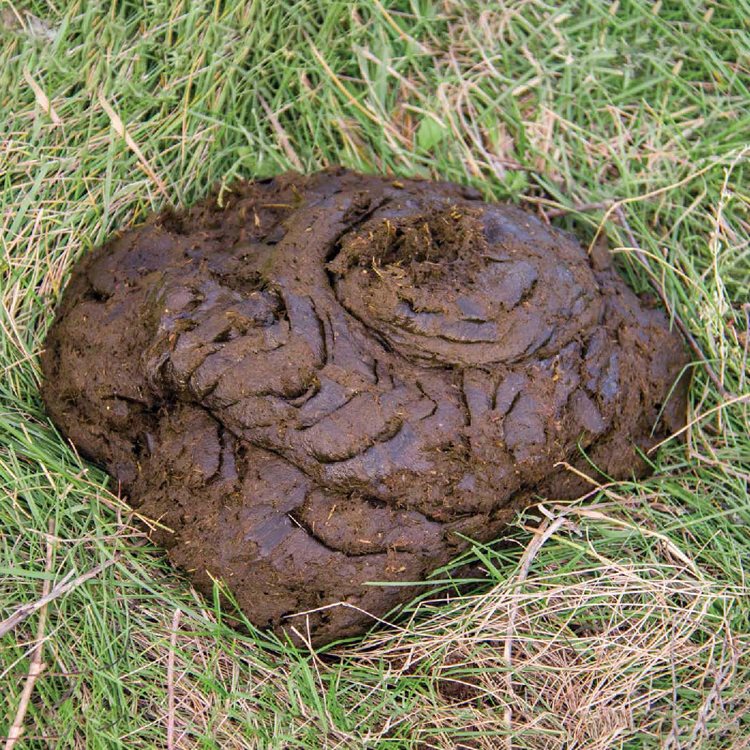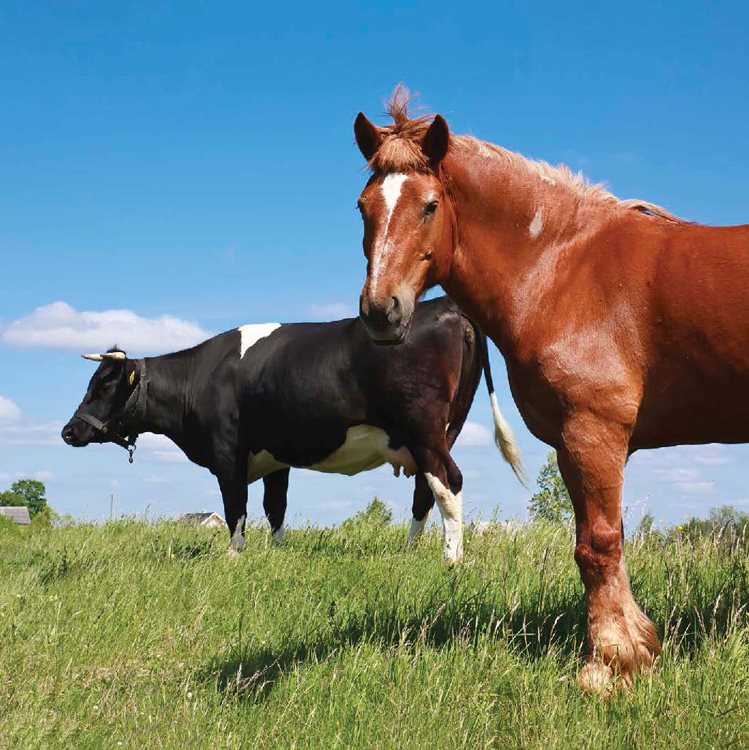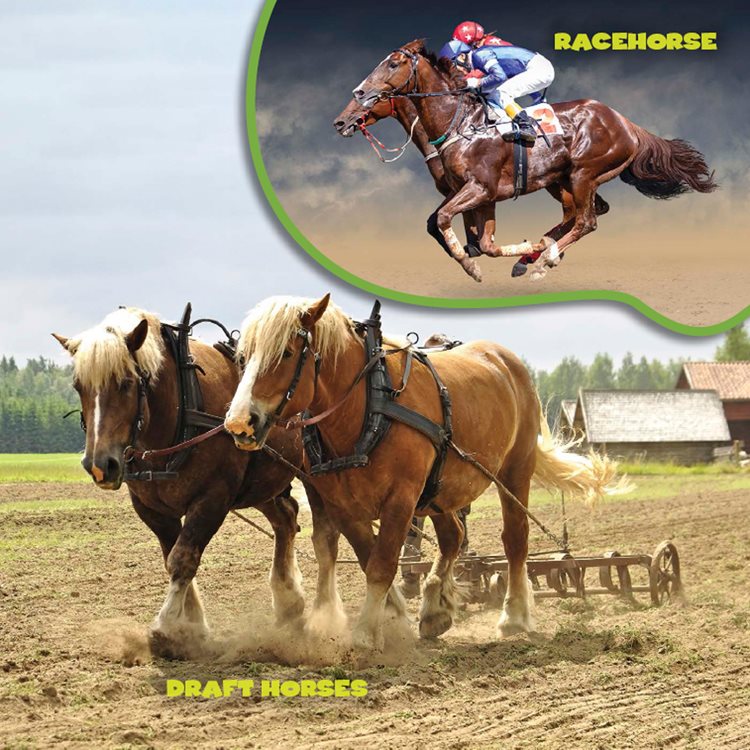Contents
Boldface words appear in the glossary.
Cattle Call People raise cattle for meat, milk, and hides, or skins. Adult female cattle are called cows. Adult males that are used to
breed are called bulls. Male cattle that are raised for meat are called steer.
The farm youre visiting raises dairy cows that produce milk.
Chewing and Digesting The farm youre visiting raises dairy cows that produce milk.
Theyre fed hay, grains, plants, vitamins, and other special things. To digest their food, cows chew and swallow it. Then, it comes back up, and they chew and swallow it again!
Cow Pie Cows may eat 100 pounds (45 kg) of food a day! Their poop should be a dark green or brown pile. It should have ripples, or little waves, on top and a dent in the middle. Its sometimes called cow pie!
Manure Matters! The poop you saw was brown and rippled. It had a dent in it, too.
It was a cows! Farmers look closely at poop to make sure their animals are healthy. They also may use it as manure to fertilize soil!
GLOSSARYabsorb: to take in
breed: to put two animals together in order for them to have babies that have their features
detective: a person whose job is to find facts about something or someone
digest: to break down food inside the body so that the body can use it
fertilize: to make soil better for growing crops and other plants
grain: the seeds of plants such as wheat, corn, and rice that are used for food
intestine: a long tube in the body that helps digest food after it leaves the stomach
manure: solid waste from farm animals that is used to make soil better for growing plants
nutrient: something a living thing needs to grow and stay alive
vitamin: a kind of matter important in small amounts for the health of animals
FOR MORE INFORMATIONBOOKS Gibbs, Maddie.
Cows. New York, NY: PowerKids Press, 2015. Simon, Seymour.
Horses.
New York, NY: Harper, 2017. Woolf, Alex. You Wouldnt Want to Live Without Poop! New York, NY: Franklin Watts, 2016. WEBSITESHorsewww.ducksters.com/animals/horse.php Check out more special names for different kinds of horses. How Do Cows Produce Milk?www.highlightskids.com/explore/science-questions/how-do-cows-produce-milk Find out about the amazing process that gives us milk! Publishers note to educators and parents: Our editors have carefully reviewed these websites to ensure that they are suitable for students. Many websites change frequently, however, and we cannot guarantee that a sites future contents will continue to meet our high standards of quality and educational value.
Be advised that students should be closely supervised whenever they access the internet. INDEX bulls 14 cattle 14 cow pie 18 cows 6, 14, 16, 18, 20, 21 dairy cows 16 draft horses 8 farm 4, 6, 16, 21 grains 10, 16 grass 10 hay 16 horses 6, 8, 10, 12, 21 intestines 10 manure 20 nutrients 10 oxen 14 plants 16 steer 14 vitamins 16 working horses 10
Please visit our website, www.garethstevens.com. For a free color catalog of all our high-quality books, call toll free 1-800-542-2595 or fax 1-877-542-2596.Cataloging-in-Publication Data Names: Matthews, Colin. Title: Horse poop or cow poop? / Colin Matthews. Description: New York : Gareth Stevens Publishing, 2020. | Series: The scoop on poop | Includes glossary and index.
Identifiers: ISBN 9781538233450 (pbk.) | ISBN 9781538229569 (library bound) | ISBN 9781538233467 (6pack) Subjects: LCSH: Horses--Juvenile literature. | Cows--Juvenile literature. | Animal droppings-- Juvenile literature. Classification: LCC SF302.M2798 2019 | DDC 636.1--dc23 Published in 2020 by Gareth Stevens Publishing 111 East 14th Street, Suite 349 New York, NY 10003 Copyright 2020 Gareth Stevens Publishing Designer: Sarah Liddell Editor: Therese Shea Photo credits: Cover, p. 1 Sundry Photography/Shutterstock.com; p. 7 jasrim/Shutterstock.com; p. 9 (main) Conny Sjostrom/ Shutterstock.com; p. 9 (inset) olgaru79/Shutterstock.com; p. 11 Anastasija Popova/ Shutterstock.com; p. 13 tasca/Shutterstock.com; p. 15 (main) Sara Winter/Shutterstock.com; p. 15 (inset) 1000 Words/Shutterstock.com; p. 17 SGr/Shutterstock.com; p. 19 Sokolenko/ Shutterstock.com. 19 Sokolenko/ Shutterstock.com.
All rights reserved. No part of this book may be reproduced in any form without permission in writing from the publisher, except by a reviewer. Printed in the United States of America CPSIA compliance information: Batch #CS19GS: For further information contact Gareth Stevens, New York, New York at 1-800-542-2595. Watch Your Step! Moo! Neigh! Youre visiting a busy, noisy farm with your class. Youve been looking in all the barns and fields to see the many kinds of animals. Watch out! You almost stepped in a big pile of poop!
A Large Pile That poop pile is very large! Its from a big animal.
The largest animals on the farm are horses and cows. You could ask whose poop it is, but its more fun to be a detective and find the facts yourself!
Horse Homework People have used horses to do farmwork for a very long time. The lightest horses are used for riding. Heavy horses, called draft horses, are sometimes used for pulling. These horses may weigh 2,000 pounds (907 kg)!
Grass and Grains Some horses just eat grass.
Nutrients from food are
absorbed in a horses
intestines. Horse intestines can be more than 70 feet (21 m) long! It takes many hours for food to move through them.

